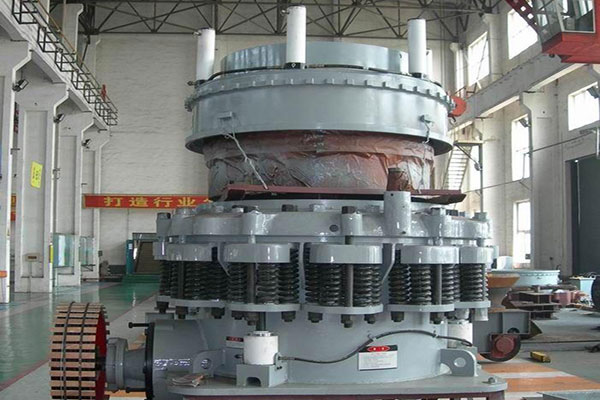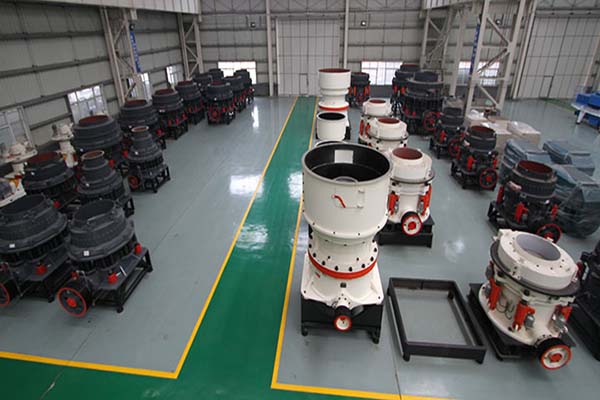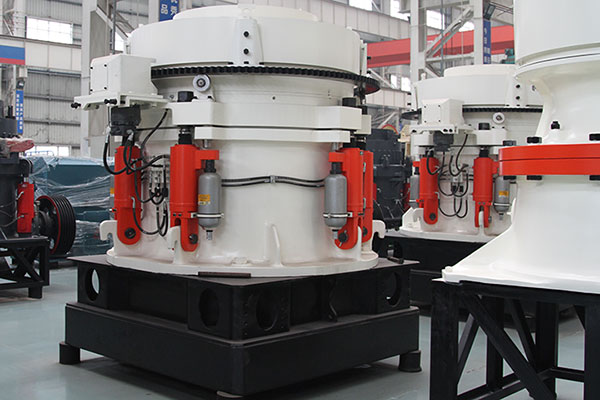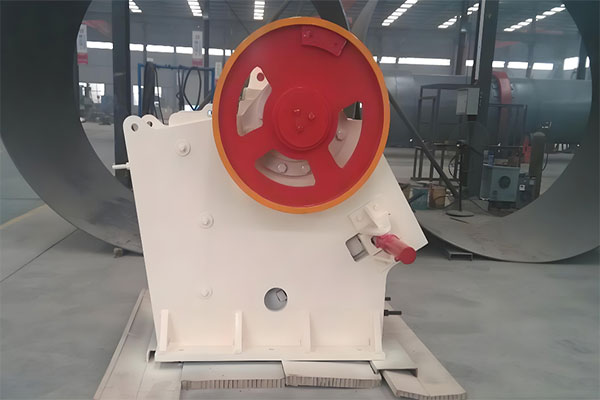Sieve Test
Friday July-11 2025 17:57:37
What Is a Sieve Test?
The particle size distribution of powder materials determines their physicochemical properties, directly impacting flowability, reactivity, packing behavior, and end-use performance. As a classic physical classification method, sieve testing separates powders by particle size using standardized sieves, generating quantitative size distribution data. It is fundamental for characterizing materials, controlling production, and ensuring quality. Through sieve tests, we analyze particle distribution to guide material application and process optimization.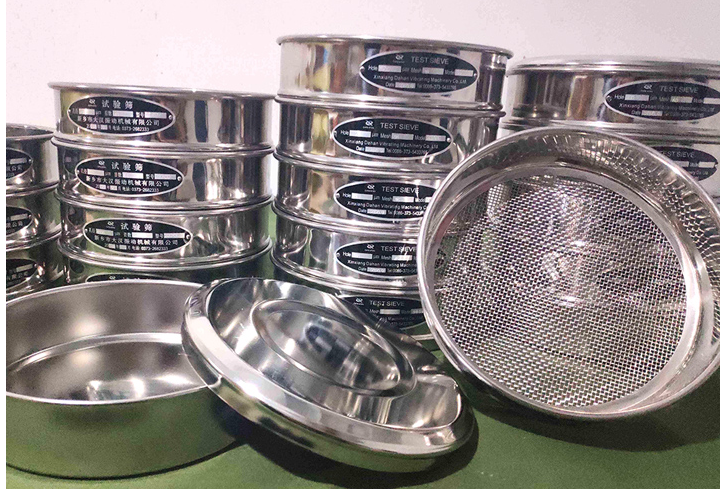
How Does Sieve Testing Classify Particles?

Sieve testing uses a series of sieves with apertures decreasing from top to bottom. A representative powder sample is placed on the top sieve. During mechanical vibration or manual tapping, particles smaller than the sieve’s aperture pass through to the next finer sieve, while larger particles are retained. After testing, the mass of material on each sieve (and the collection pan) is weighed. Calculating the mass percentage of each size fraction yields the particle size distribution.
Why Does Particle Size Matter?
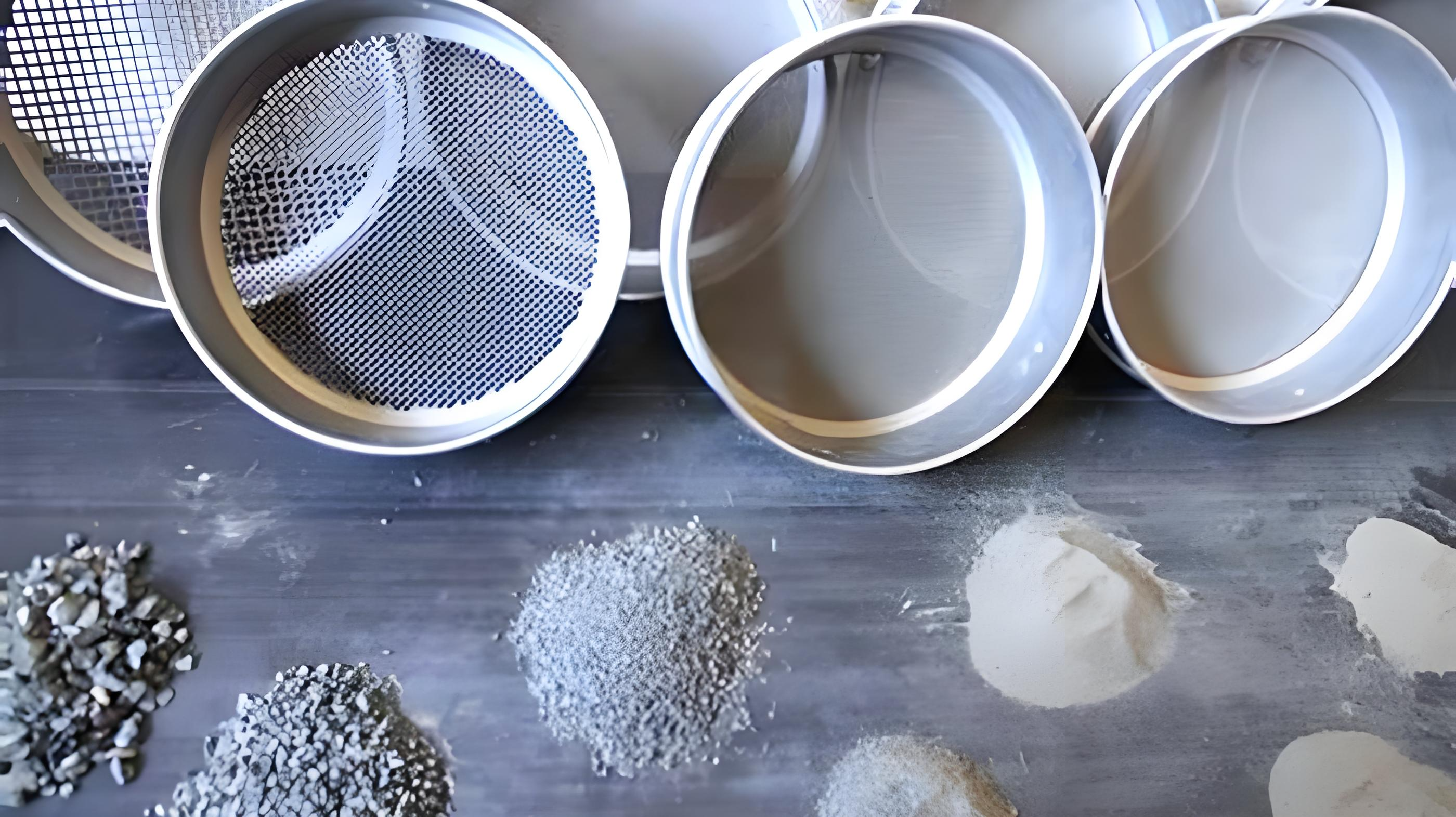
· Flowability: Fine particles agglomerate, reducing flow; coarse particles or well-distributed sizes flow better.
· Reactivity & solubility: Smaller particles have larger surface areas, accelerating reactions and dissolution.
· Packing behavior: Mixed particle sizes optimize density and porosity, critical for tablet strength, filtration, and coating uniformity.
· End-product quality: Size affects gloss, bioavailability (drugs), sintering (ceramics/metals), and more. Controlling size distribution ensures consistent quality.
How Does Particle Size Distribution Affect Sieving Efficiency?
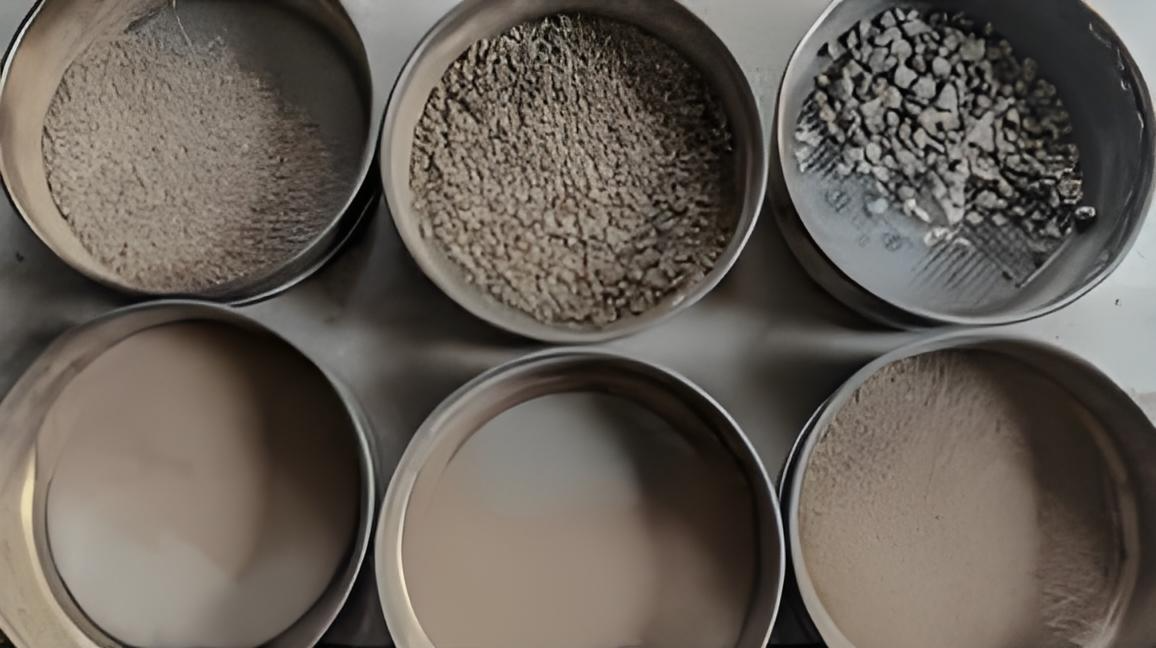
Uniform particle sizes (concentrated around a specific aperture) enable smooth, stable sieving. A wide size range causes fine particles to clog pores between coarse ones, reducing efficiency. Excessive coarse particles increase sieve load, disrupting vibration and lowering fine-particle passage. Understanding size distribution is key to optimizing sieving.
How to Select Sieve Sizes Based on Particle Size?
Sieve selection depends on target particle ranges and precision:Estimate particle size: Roughly determine the range (e.g., 50–500 μm) from material properties or experience.
Identify critical sizes: Focus on upper/lower limits (e.g., maximum allowed particle size). Choose sieves near these values.
Follow standards: Use ISO, ASTM, or Tyler standards to select sieve meshes/apertures.
Set boundary sieves: The top sieve must have a larger aperture than the largest particle (to avoid clogging). The bottom pan collects all fines smaller than the smallest sieve.
In Which Fields Does Sieve Testing Have Key Applications?

Sieve testing, valued for its simplicity, cost-effectiveness, and intuitive results, plays a pivotal role in multiple industrial sectors for particle size control and quality assurance
Construction Materials and Civil Engineering
Applied Materials: Sand, aggregates, soil, etc.
Core Functions: Determines the gradation (proportion of particles in different size ranges) of aggregates to ensure concrete strength, subgrade filling density, and drainage performance meet engineering standards. Proper particle size distribution is critical for structural integrity in roads, buildings, and infrastructure projects.
Pharmaceutical and Food Industries
Applied Materials: Active pharmaceutical ingredients (APIs), excipients, milk powder, flavorings, and other powders.
Core Functions: Controls the particle size distribution of raw materials and finished products to guarantee drug dissolution rates, mixing uniformity, tablet compressibility, or the texture, solubility, and shelf life of food products. Consistent particle size is essential for therapeutic efficacy in pharmaceuticals and sensory quality in food.
Chemical Engineering and Powder Metallurgy
Applied Materials: Catalysts, pigments, metal powders, ceramic powders, etc.
Core Functions: Optimizes reaction activity (for catalysts), enhances coloring power and hiding power (for pigments), and ensures the pressing and sintering properties of metal/ceramic powders—directly influencing the strength, density, and appearance of final products. Precise particle size control is vital for achieving desired material performance in chemical reactions and manufacturing processes.
Sieve testing remains essential for characterizing powder particle size. Its data guides process optimization, product specifications, and quality control. While modern techniques (e.g., laser diffraction) exist, sieve testing retains value for coarse particles, standard compliance, and validation due to its simplicity, low cost, and alignment with standardized procedures. Accurate sieve testing and data interpretation are critical for controlling powder properties and advancing related industries.
Construction Materials and Civil Engineering
Applied Materials: Sand, aggregates, soil, etc.
Core Functions: Determines the gradation (proportion of particles in different size ranges) of aggregates to ensure concrete strength, subgrade filling density, and drainage performance meet engineering standards. Proper particle size distribution is critical for structural integrity in roads, buildings, and infrastructure projects.
Pharmaceutical and Food Industries
Applied Materials: Active pharmaceutical ingredients (APIs), excipients, milk powder, flavorings, and other powders.
Core Functions: Controls the particle size distribution of raw materials and finished products to guarantee drug dissolution rates, mixing uniformity, tablet compressibility, or the texture, solubility, and shelf life of food products. Consistent particle size is essential for therapeutic efficacy in pharmaceuticals and sensory quality in food.
Chemical Engineering and Powder Metallurgy
Applied Materials: Catalysts, pigments, metal powders, ceramic powders, etc.
Core Functions: Optimizes reaction activity (for catalysts), enhances coloring power and hiding power (for pigments), and ensures the pressing and sintering properties of metal/ceramic powders—directly influencing the strength, density, and appearance of final products. Precise particle size control is vital for achieving desired material performance in chemical reactions and manufacturing processes.
Sieve testing remains essential for characterizing powder particle size. Its data guides process optimization, product specifications, and quality control. While modern techniques (e.g., laser diffraction) exist, sieve testing retains value for coarse particles, standard compliance, and validation due to its simplicity, low cost, and alignment with standardized procedures. Accurate sieve testing and data interpretation are critical for controlling powder properties and advancing related industries.
